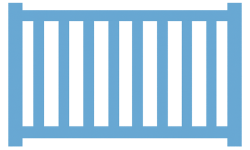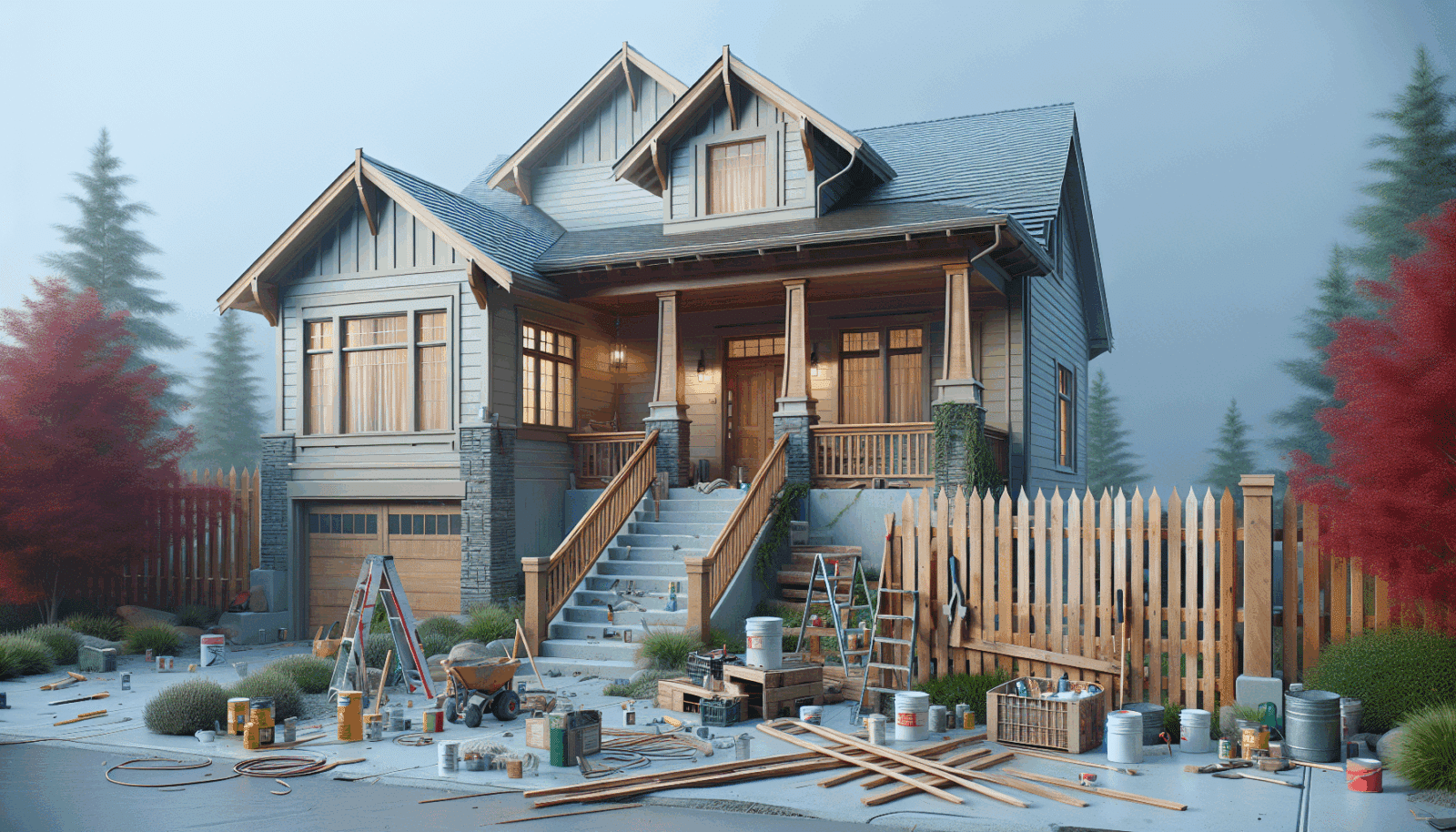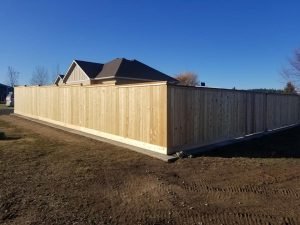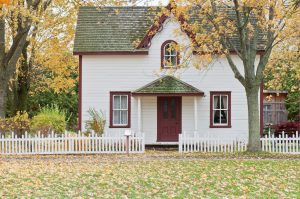Is your once-sturdy fence starting to show signs of wear and tear? You’re not alone, and we’re here to help! At Utah Fencing Company, we understand that maintaining your fence can be a daunting task. That’s why we’ve crafted this comprehensive guide specifically for homeowners in Salt Lake, Davis, and Utah Counties to help you extend the life of your residential fence with some DIY love and care.
Understanding Fence Materials
Before diving into repairs, it’s crucial to understand the type of materials your fence is made of. Wooden fences, Vinyl, and metal fences each have different maintenance needs.
Wooden fences offer a classic look and blend beautifully with natural surroundings. However, they require regular upkeep to prevent rot and insect damage. Vinyl, on the other hand, is known for its durability and low maintenance. Metal fences are strong and long-lasting but can be prone to rust if neglected. Knowing your material helps tailor your repair approach and ensures long-term success.
Identifying Common Fence Problems
It’s essential to identify common fence problems early, as this can prevent further damage. Every material comes with its own set of challenges, from rot in wooden fences to fading in vinyl.
Keep an eye out for leaning posts, broken panels, or rusting hardware. Inspecting your fence regularly can catch these issues before they escalate. Once you know what to look for, repairing the damage becomes much more manageable.
Basic Tools for Fence Maintenance
Having the right tools on hand makes fence repair a breeze. While some tools may vary depending on your fence type, basic essentials are consistently useful.
A sturdy hammer, pliers, a saw, and a set of screwdrivers can address most minor repairs. For more extensive projects, consider power tools like an electric drill or saw. Stocking up on these tools means you’re always ready to tackle any fence issue that arises.
Repairing Wooden Fences
Wooden fences are charming, but they come with specific repair needs. Over time, moisture can cause warping, and insects can infest the panels.
To fix a warped panel, remove the damaged section and replace it with a new one using galvanized nails to prevent rust. For insect damage, apply a Wood preservative or insecticide that suits your specific needs. With a little attention, your wooden fence can maintain its beauty for years to come.
Addressing Vinyl Fence Issues
Vinyl fences are incredibly durable, but they aren’t immune to damage. Cracks, chips, and fading can occur with prolonged exposure to the elements.
Minor cracks can often be sealed with vinyl adhesive. For larger damage, replacing the affected segment might be necessary. Regular cleaning with a mild detergent can prevent dirt and stains, keeping your Vinyl Fence looking vibrant and fresh.
Tackling Metal Fence Repairs
Metal fences are strong but can suffer from rust over time. It’s important to address rust early to avoid compromising the fence’s integrity.
Start by removing rust with a wire brush or sandpaper. Apply a rust-inhibiting primer, followed by a metal paint for protection. Regular maintenance includes inspecting for rust and repainting as needed to ensure long-term durability.
Replacing Damaged Fence Posts
Sometimes, replacing a damaged post is unavoidable. Whether due to rot, rust, or impact, a strong fence relies on its posts for stability.
Begin by digging around the old post with a shovel. Remove the damaged post and its Concrete base, then replace it with a new post set in fresh concrete for stability. Proper post Installation is critical to keeping your fence upright and secure.
Preventative Maintenance Tips
Routine maintenance can save you time and money in the long run. Simple preventative measures can drastically extend your fence’s lifespan.
Regularly inspect your fence, sealing wooden panels, applying vinyl protectants, and rust-proofing metal features. Performing these small actions periodically prevents larger issues from arising, giving you peace of mind and a sturdy fence.
DIY vs. Professional Help
While many repair tasks can be done DIY, knowing when to call in the professionals is key. For complex issues like widespread rot or structural instability, expert assistance ensures safe and effective repairs.
At Utah Fencing Company, we’re always ready to help with those challenging projects. Evaluating the situation and your comfort level with repairs can help you decide the best course of action.
Checklist for Routine Inspections
- Visual Assessment: Walk the perimeter and check for obvious damage or wear that might need attention.
- Stability Check: Test the sturdiness of posts by gently pushing on them to ensure they’re still firmly set.
- Cleaning Routine: Regularly clean your fence to remove dirt, mildew, and other surface issues that can cause long-term problems.
- Sealant Application: For wooden fences, apply sealant annually to protect against moisture and insects.
- Hardware Inspection: Tighten or replace any loose or rusting screws and hinges to maintain security.
Conclusion
By following these DIY fence repair tips, we can help your residential fence last longer, ensuring both safety and curb appeal. Should you need assistance, don’t hesitate to call us at 801-905-8153 or Request a Free Quote — your trusted partner in fencing solutions.




